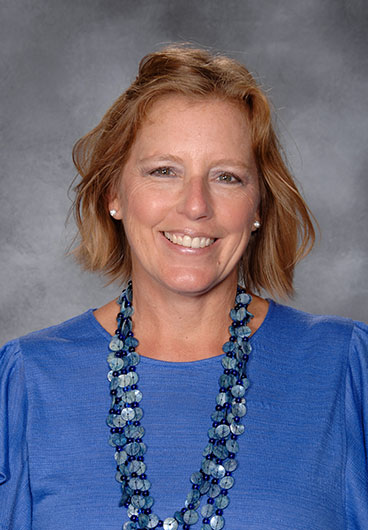
Rachel Salvatore
North Smithfield Elementary School
North Smithfield, Rhode Island
rsalvatore@nsps.us
Best Practices
1) Helping to shape the school culture at North Smithfield Elementary School, in order to foster well-being and safety for both students and adults, has been a top priority of mine since arriving in North I believe that positive, productive learning environments are the key to students’ academic, emotional, and social success in school. I, along with my school principal, have advocated for a districtwide SEL curriculum and are heading the search to bring one to North Smithfield. In order to make learning relevant, I encourage my teachers to build strong relationships with their students: getting to know each individual and his or her learning styles. I model positivity daily, greeting students and staff alike each and every day and being extremely visible. The most recent book study I facilitated in North Smithfield was Fostering Resilient Learners. This book discusses the importance of building strong relationships and creating safe spaces to enable students to learn at high levels, which ties in nicely to the work I’m doing at NSES. Reinforcing positive behaviors within our school community is of the utmost importance. Whether it’s recognizing a student for exemplifying our REACH core values, celebrating academic growth or or emailing a teacher a compliment, I make time to acknowledge the accomplishments of others. Creating a caring, safe and inviting school-wide culture is very important to me. Thus our school motto, “Everyone is Welcome, Everyone Belongs.”
In addition to establishing relationships with my students and staff, I feel equally strong about getting to know my families. Being present at arrival and dismissal daily, chairing IEP meetings, planning family workshops and participating on NSPTO, all help foster positive relationships. I make it a point to make sure they trust me and feel safe, knowing their children are cared for. I am always present and knowledgeable about what is occurring in each of our classrooms. I visit them regularly on an informal basis and participate in morning meetings and small group instruction on a daily basis. This year I’ve spent time co-teaching math in a fourth grade classroom while the Math Interventionist was out on maternity leave. Being an active member of NSES’ School Improvement Team, Crisis Team and co-chairing the District Health and Wellness Committee, I hold the vision for school culture at both a personal level and school level, which allows me to put theory into action. The success of my efforts to increase school culture is measured by Surveyworks. SurveyWorks is Rhode Island’s Department of Education survey suite. As part of a coordinated effort to improve schools, the Rhode Island Department of Elementary and Secondary Education (RIDE) conducts annual surveys of students, parents, teachers/staff, and administrators. Using this tool helps me set and monitor goals around school culture. Again, a topic that is of great importance to me and correlates directly to student achievement.
2) Innovation leads to growth in the workplace. Dedicated time to collaborate is offered regularly to our teachers and Instructional Leadership Team at NSES. During our daily Common Planning Time, teachers meet with their grade level teams, and across grade levels. Bringing people together from all over the building each with unique teaching and learning experiences, allows us to collaborate in a safe space. This dedicated time allows our teams of teachers to analyze data in order to improve instruction for all learners. In addition to analyzing data, sharing ideas, teaching techniques and behavior management strategies, the distribution of resources is always encouraged. I’m a huge proponent of common planning time and advocate at the district level to keep it in place. Last year my school implemented a new math curriculum. I worked closely with my math team leader to roll it out by providing weekly professional development across all grade levels. Our math scores increased as a result of the time and commitment put forth. Monthly staff meetings that I lead are focused on high impact strategies such as small group instruction, teacher efficacy and jigsaw methods, just to name a few. I support my teachers and inspire them to take creative risks. I encourage our teachers at NSES to run Professional Learning Communities. In terms of my students, I encourage them to take academic risks and when they are unsuccessful, to try again. I want them to have a growth mindset. I strongly encourage collaborative learning. Students often draw inspiration from one another as well as develop cultural awareness when working together. I advocate for small group instruction and work closely with my teachers to help them successfully implement it. Data drives our instruction here at NSES. I lead the work, working with teachers to analyze and strategize data in order to increase student achievement in their classrooms. Collaboration amongst peers, differentiating instruction and personalizing learning are just a few of the benefits of small group instruction. I expect both my students and staff to achieve at high levels and be successful in the classroom, and I do all I can to support them in the learning process.


